Panier
Close
- No products in the cart.
Sous total (Hors frais de livraison)
0,00€
Payer
Expédition et livraison
Réparation et maintenance
Are you looking for thrills? And if it’s outdoors and on the water, even better, right? So you want to try a board sport! Windsurfing, surfing, kitesurfing, stand-up paddleboarding… All of these are great! But have you ever tried wingfoiling? Imagine yourself gliding a few inches above the water. Wingfoiling, also known as wingsurfing, is a water sport that arrived on our beaches in spring 2019. It’s an ultra-addictive board sport, perfect for those looking for a unique and different experience.
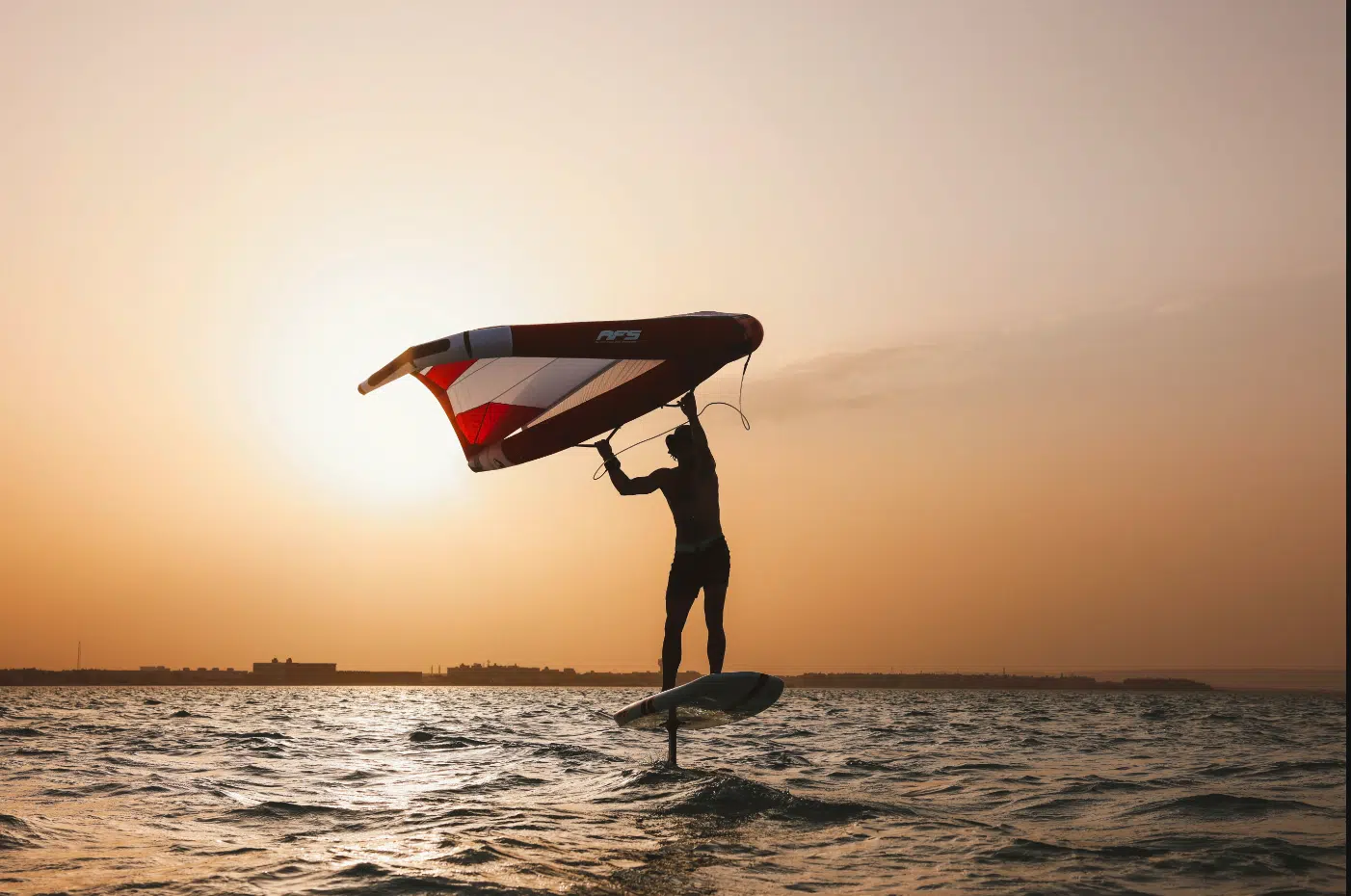
Wingfoiling consists of an inflatable wing (the sail) and a foil mounted under a board. The foil, which resembles a large fin (or boat keel), allows you to gradually take off and fly above the water. Contrary to what one might think, it is a fairly accessible sport, provided you have a sufficiently large body of water (pond, lake, sea, ocean), favorable weather and wind conditions, the right equipment, know how to swim, and enjoy sports to some extent.
Let’s describe these factors together:
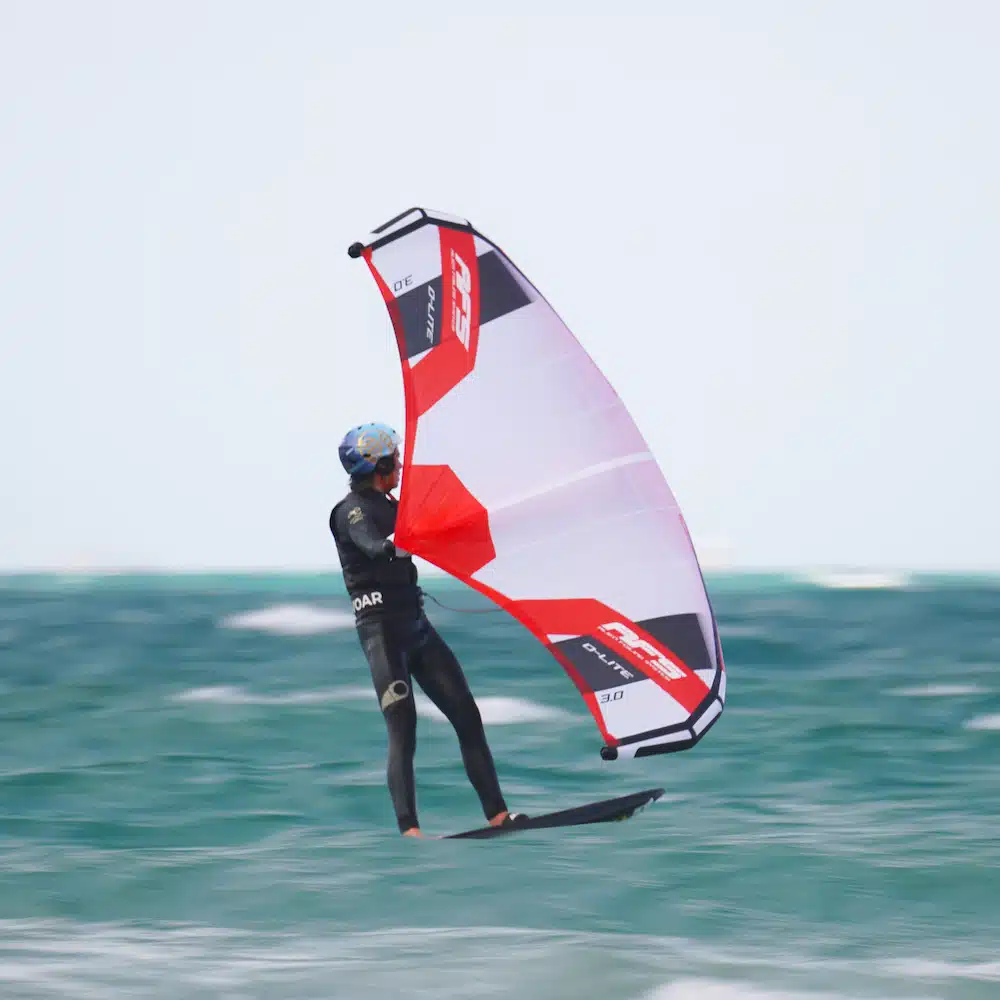
To get off to a good start, the size of the wing, the type of foil, and the volume of the board are factors that should not be overlooked. Equipment that is suited to your level is essential if you want to progress. A medium-sized wing is recommended (between 4 and 5 m² depending on your size). The foil should have a large front wing (surface area between 1600 and 1800 cm² approximately) to facilitate takeoff and provide good stability in flight. Finally, the board should have a volume of around 40 to 50 liters more than your weight. And don’t forget the neoprene wetsuit, helmet, and impact vest for your own safety.
In summary, the choice of equipment, weather conditions, and spot configuration are essential for successful wing foiling sessions. It is extremely important to sail in optimal conditions. And if you want to get started, improve, or be coached, it is now easy to find the right advice.
Wingfoiling has become a very popular water sport in many destinations around the world. Notably in France, Guadeloupe, Saint Martin, Europe, America, etc. Basically, almost anywhere there is water and wind! But how can you discover this exciting sport if you don’t have the equipment and want to finally get started?
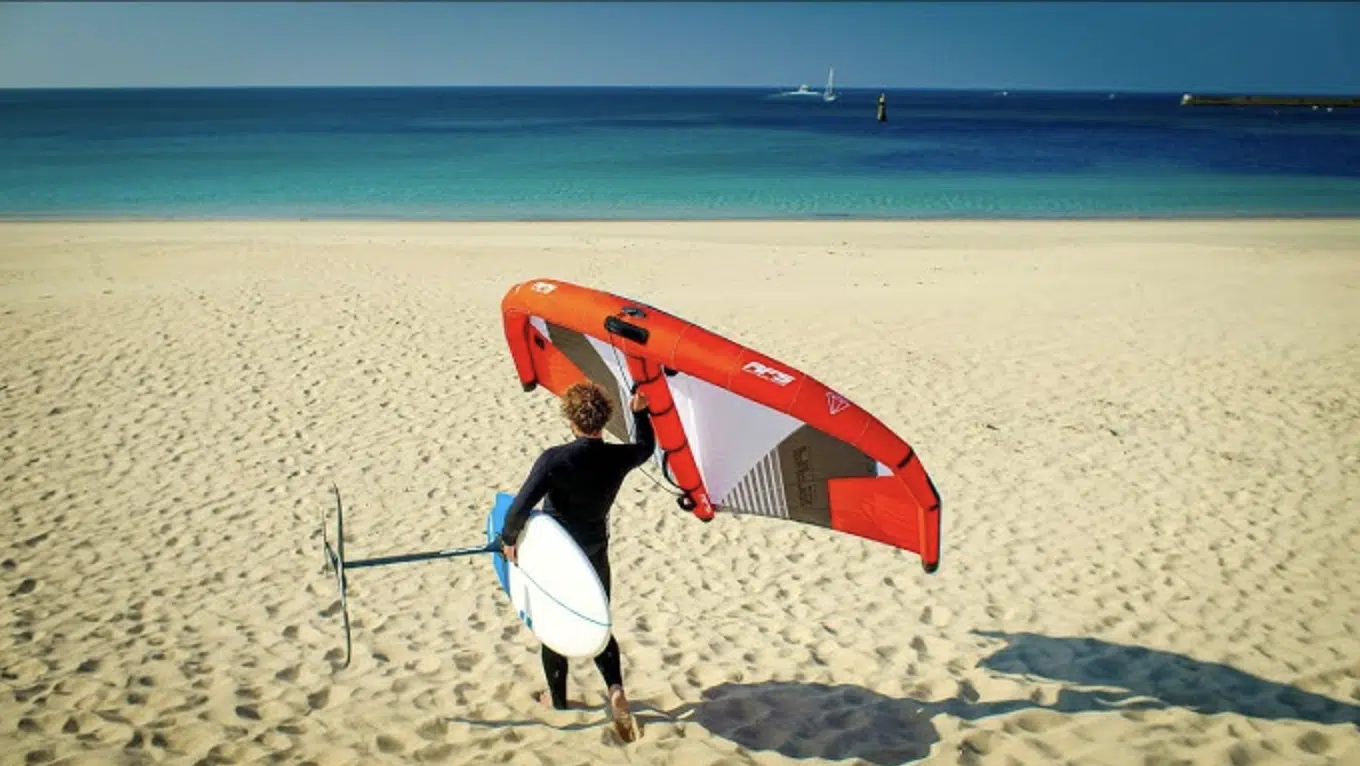
Wingfoiling is attracting more and more enthusiasts from the world of board sports and water sports, but also from other areas. It is now practiced throughout France, in the overseas departments and territories, and abroad. Choosing the right spot depends on wind conditions, sea conditions, and water and air temperatures. In fact, certain regions stand out for their renowned spots.
In France, several regions offer ideal conditions for wingfoiling. Brittany and the southeast coast are must-visit destinations, thanks to their consistent and strong winds, as well as their vast sandy beaches. Along the coastline from Brittany to Vendée, it’s easy to find the perfect spot to start wingfoiling or improve your skills in complete freedom. As for the Mediterranean Sea, from Perpignan to Toulon, there are numerous spots. The southwest, on the Atlantic coast, is calmer and less windy, and can also be ideal for wingfoiling. However, it is strongly recommended to ride on the region’s large lakes. This is because the currents and waves that are often present here can be too dangerous for wingfoiling on the ocean. Northern France and Normandy are excellent spots for sailing, although it is colder there than elsewhere in France. Finally, the spots on the lakes and ponds of central France and the Paris region also have something to offer. Some associations have even been created in recent years to enable friends to ride together.
Internationally, discover places such as Guadeloupe, the Canary Islands, Morocco, the United States, Brazil, and more. And there are many other places brimming with wingfoil spots. These destinations are particularly popular during winter and fall, when the weather cools down in Europe. With their steady, moderate winds, lagoons, and large sandy beaches, they offer an incredible playground for maximum thrills. You can’t turn down a beautiful trip for a warm wingfoil vacation, can you?

Click & Collect
Secure payment in 3 or 4 instalments
Advice from enthusiasts
Satisfied or your money back
2 to 3 years warranty
Worldwide delivery
Votre emplacement actuel et les langues disponibles
Your current location and available languages
Build your complete foil equipment according to your practice and objectives.
Answer a few quick questions and get a suggestion.
Compare up to three stabilizers side by side.
Coming soon...
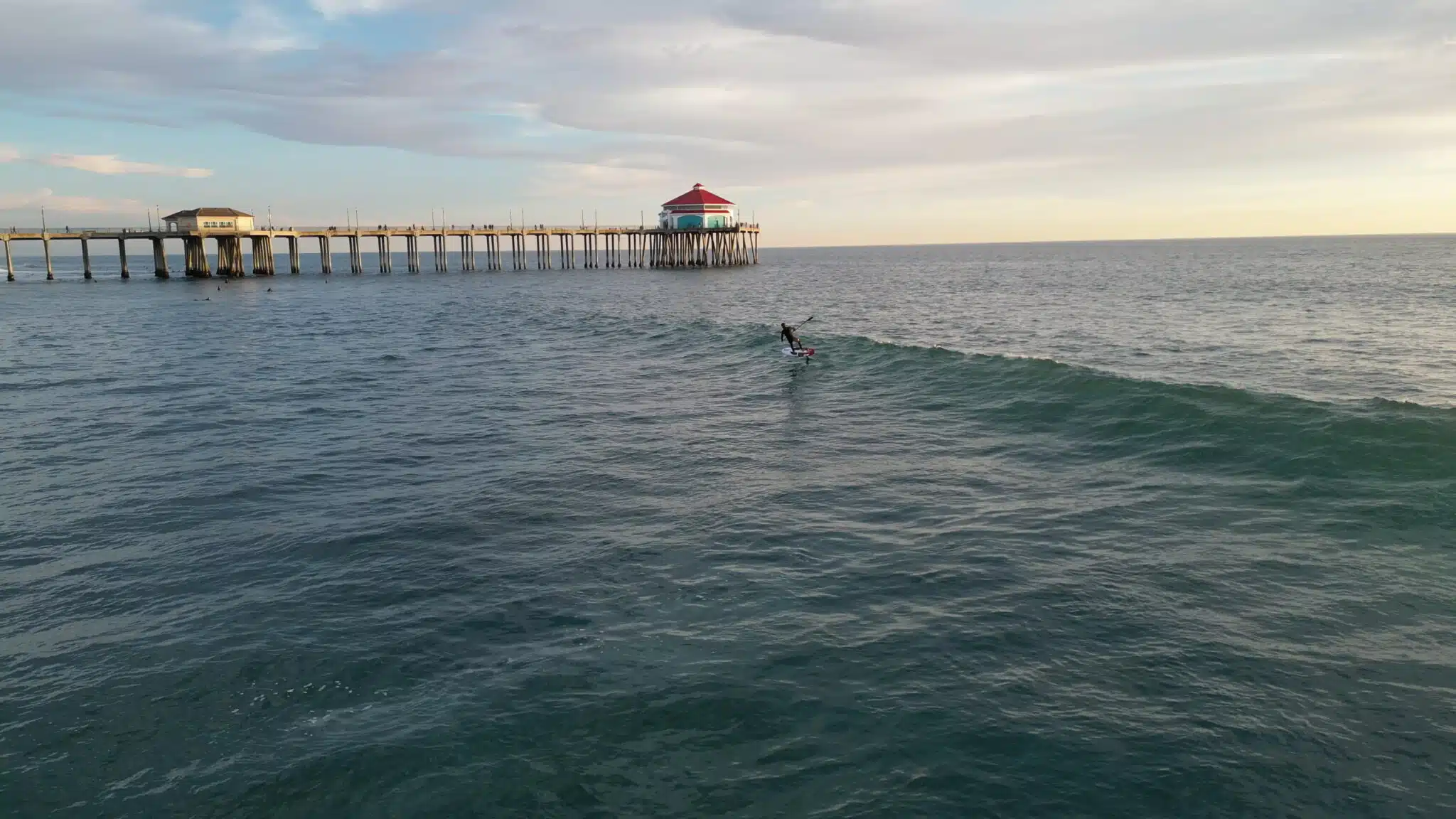
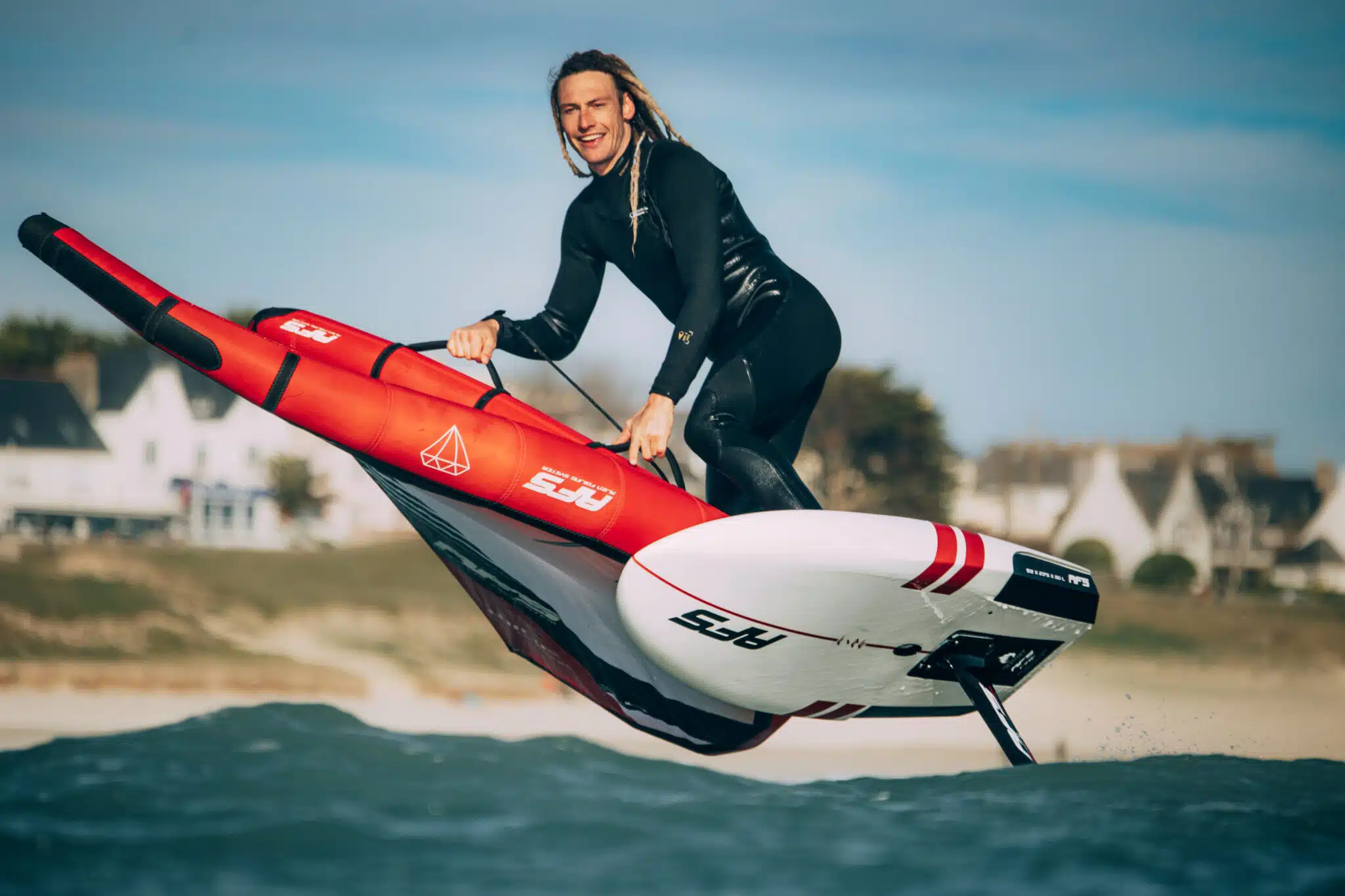

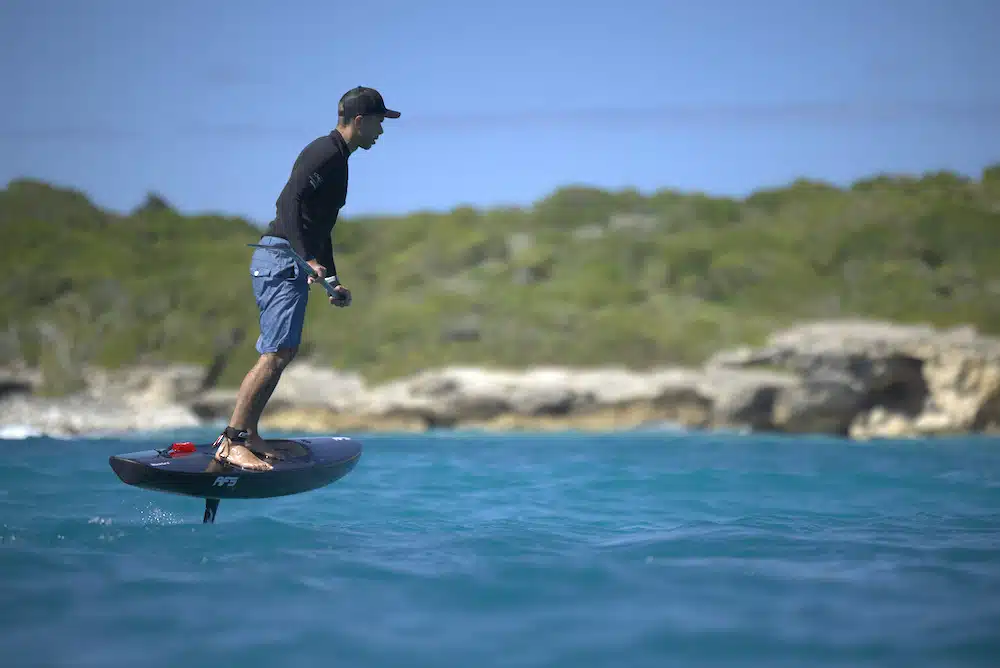
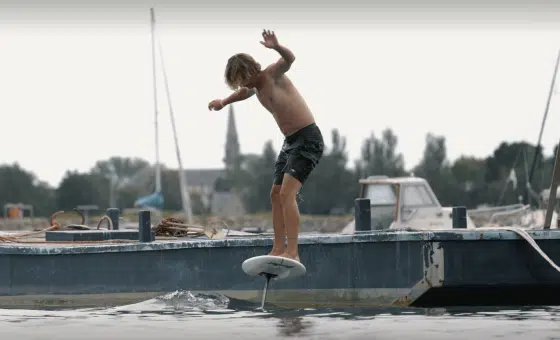
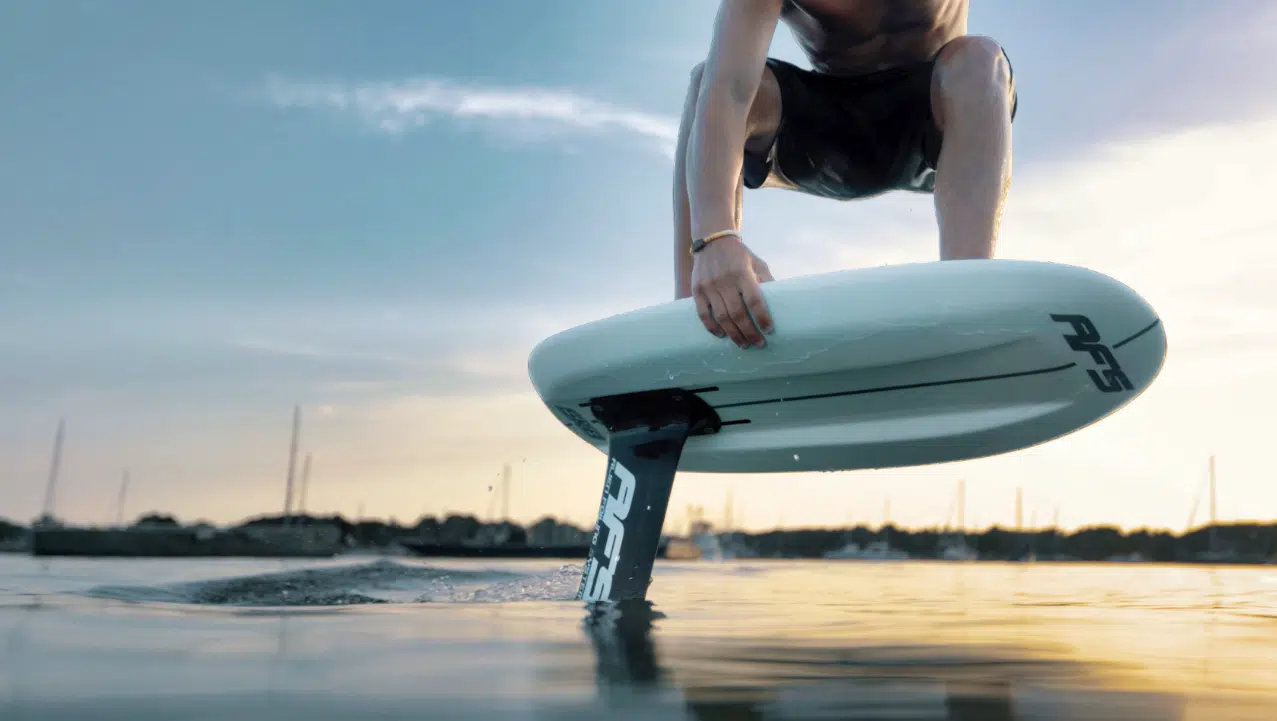
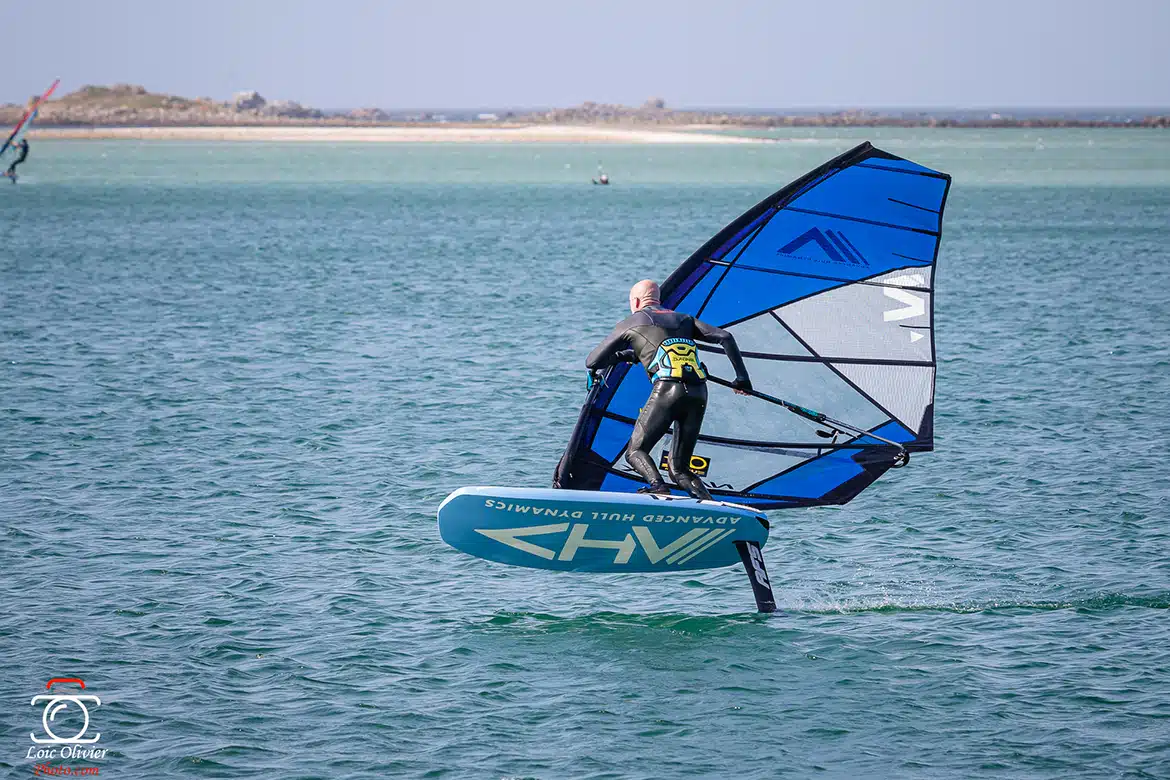
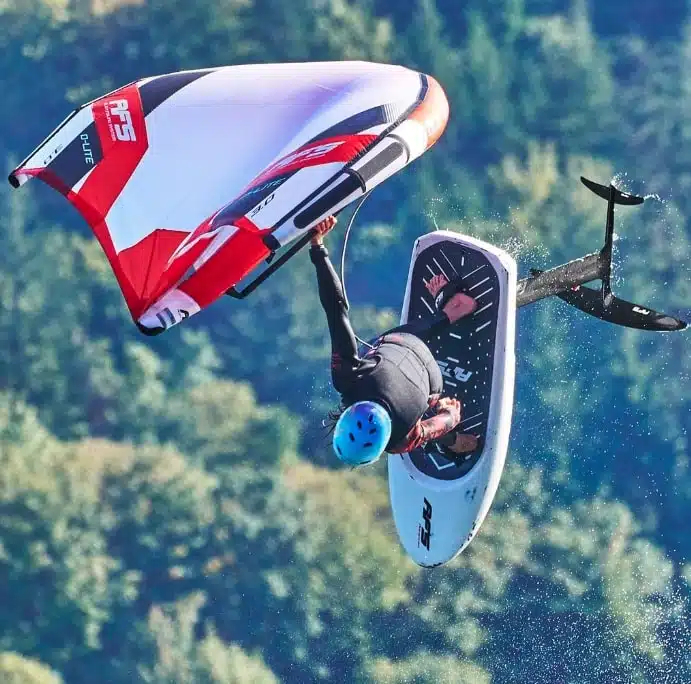
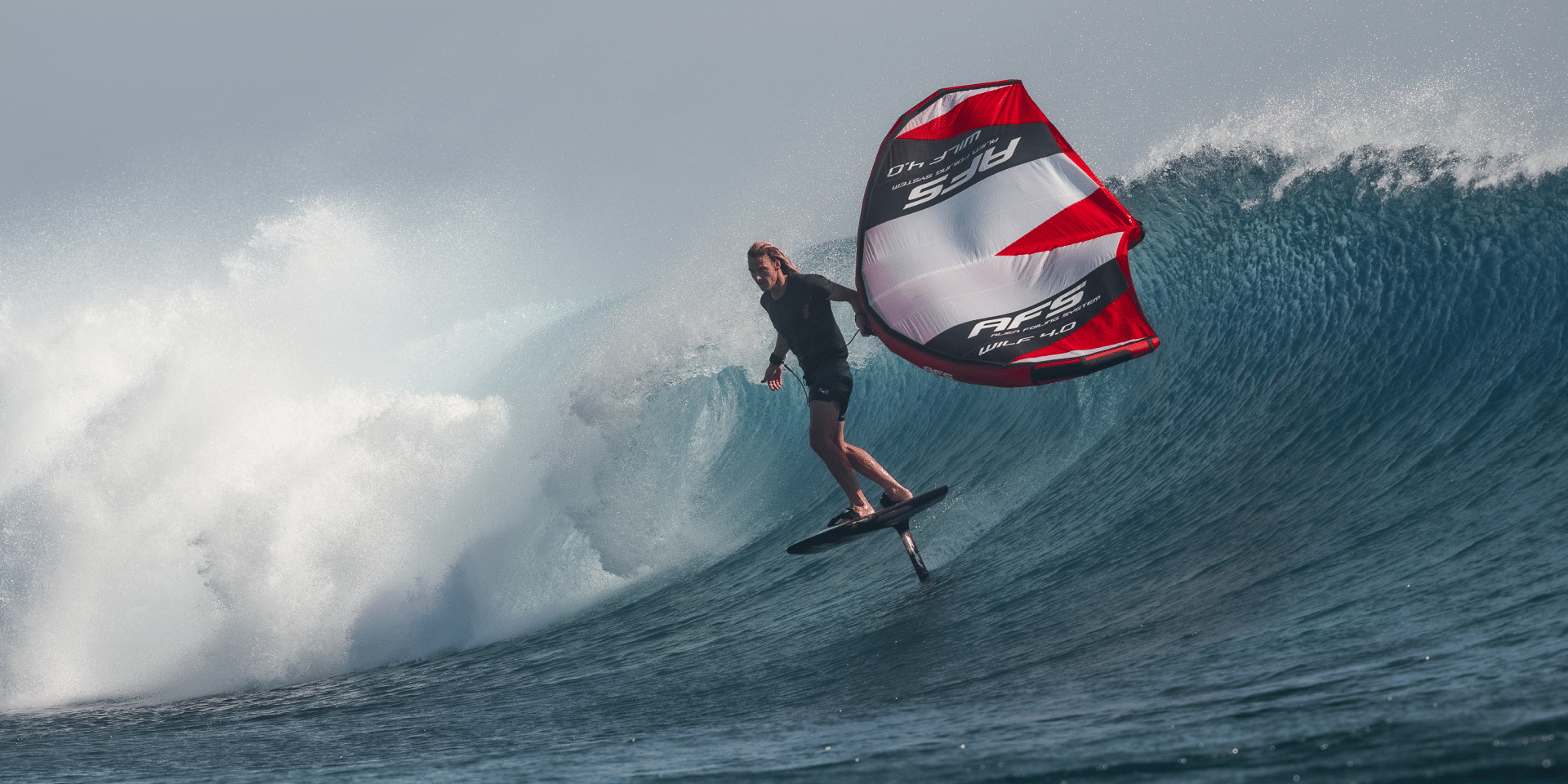
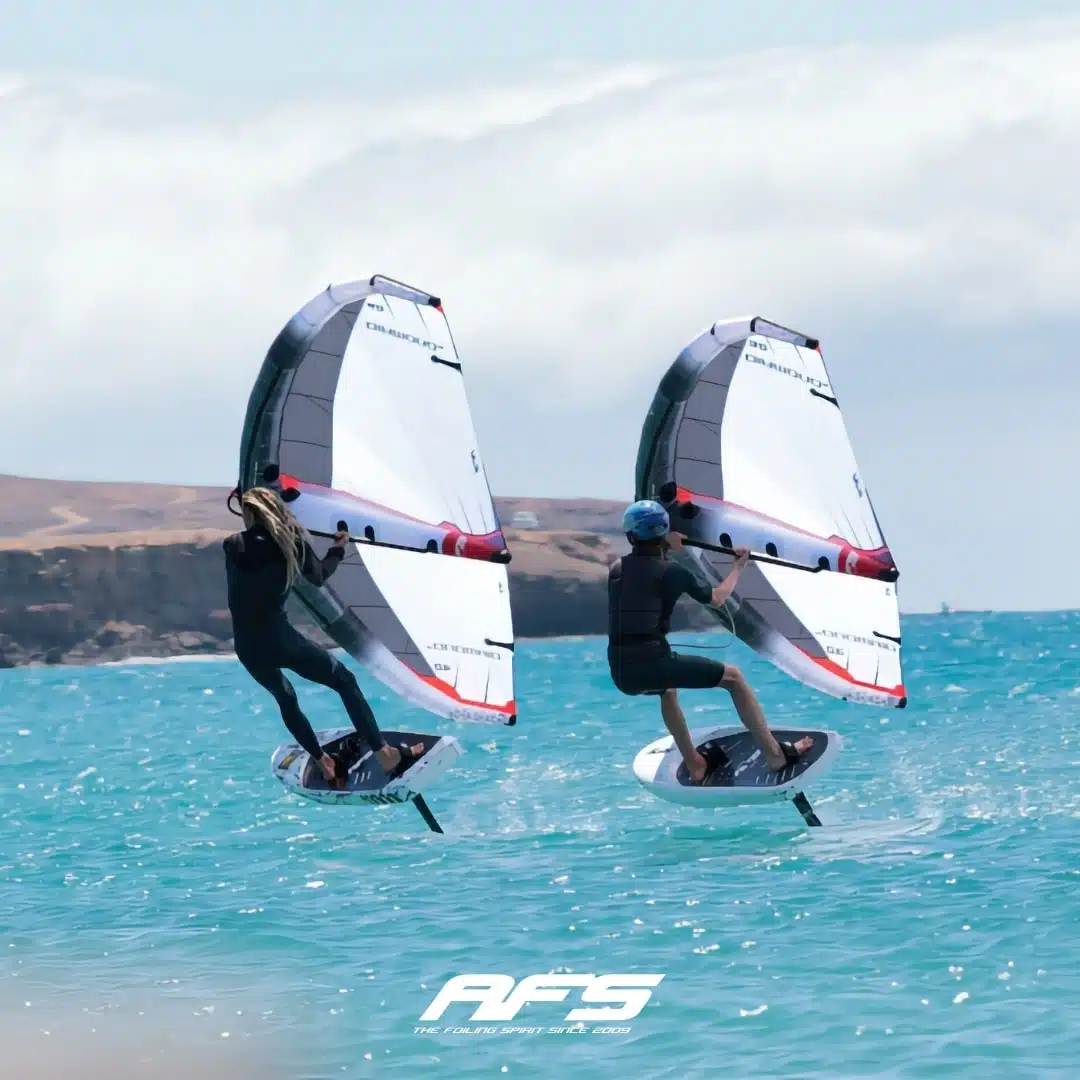
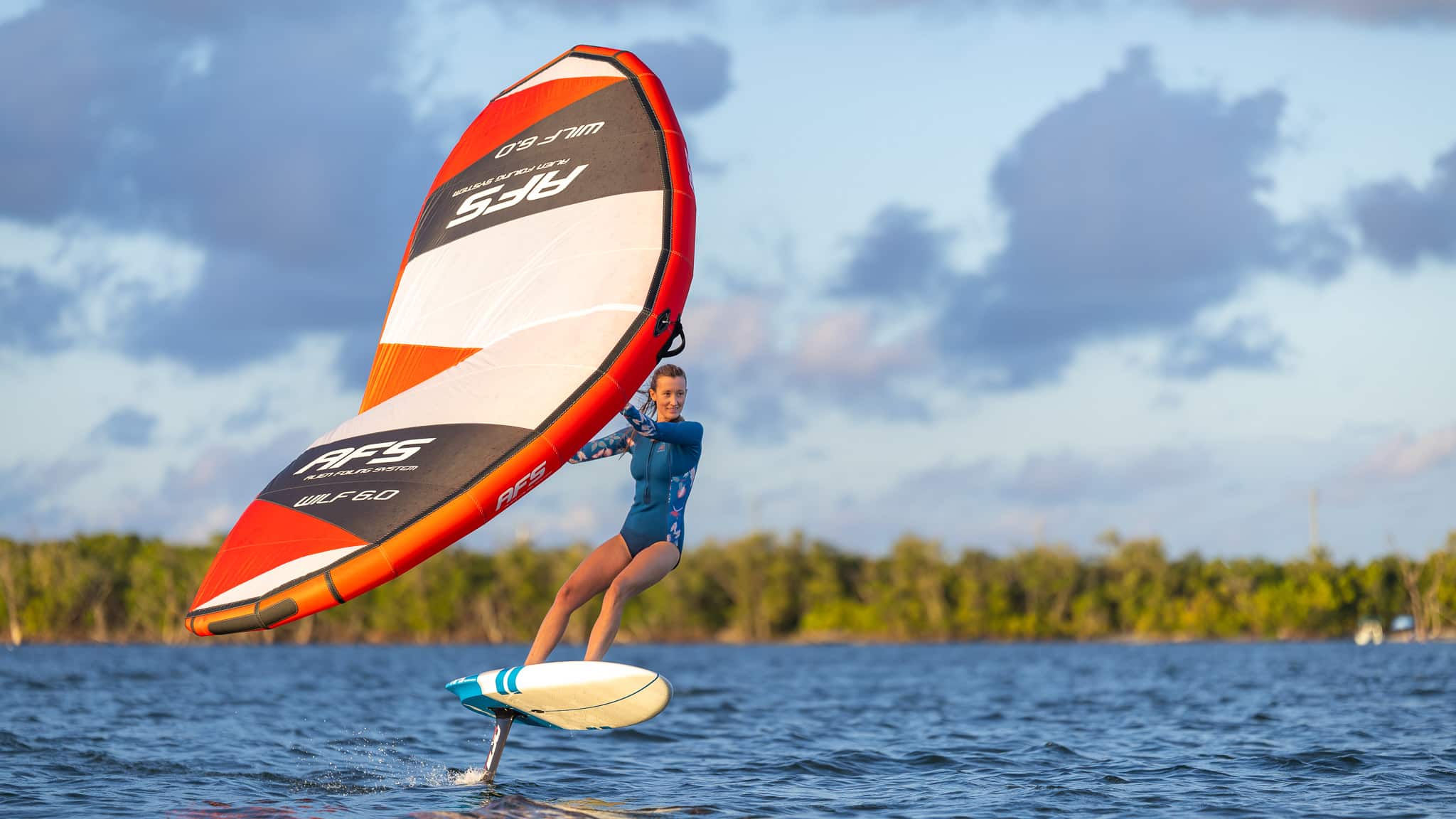

You will receive a product in excellent condition, with a few minor scratches from use.
Your product may have a few minor scratches or visual defects, but it's ready to take to the water again!
Despite deeper scratches or more pronounced visual defects, your product can take to the sea without hesitation: at this price, it's a shame to miss out!